#Arachtober 28: clover mite (_Bryobia_) in a bright patch of lichen.
#ArthroBeauty #LichenSubscribe #DailyMitePic #Mitestodon #CloverMites #arachnids #mites #Acari #Acariformes #Prostigmata #Tetranychidae #Bryobiinae
#Tag
#Arachtober 28: clover mite (_Bryobia_) in a bright patch of lichen.
#ArthroBeauty #LichenSubscribe #DailyMitePic #Mitestodon #CloverMites #arachnids #mites #Acari #Acariformes #Prostigmata #Tetranychidae #Bryobiinae
#Arachtober 25: now for something entirely different, a penthaleid mite (https://bugguide.net/node/view/263374) feeding on a dandelion leaf. Species like the common _P. major_ (which this probably is) have a #DorsalAnus and excrete these globules as they feed, often hanging upside down on the undersides of leaves or vertically on blades of grass.
(If you think a dorsal anus is wild, certain astig females have secondary dorsal genital openings for copulation.)
#ArthroBeauty #DailyMitePic #Mitestodon #arachnids #mites #Acari #Acariformes #Prostigmata #Penthaleidae
#Arachtober #MiteMonday: just a good old red velvet mite (_Allothrombium_).
Just imagine having a guinea pig-sized one, as a pet. It would be soft and squishy. It would enjoy squeezing into little crevices to nap. You could brush it, very gently. It wouldn't see very well. It could climb up things with little retractable claws. You could probably feed it mealworms.
#ArthroBeauty #arachnids #mites #Acari #Acariformes #Prostigmata #Parasitengona #Trombidiidae
#Arachtober 5: the last order of arachnids I have found, pseudoscorpions! They look kind of like scorpions without tails; they are found basically everywhere on earth but Antarctica, but they are absolutely tiny and live in places like under tree bark, under rocks and logs, in leaf litter, etc., so you will rarely see them unless you're looking for them. Sometimes they can be found clinging to the legs of larger flying insects with their little claws, or indoors eating booklice and other tiny household insects.
The ones in my garden are so small you might take them for mesostigmatid mites at first glance. This one has captured a soil-dwelling mite of some kind.
#iNaturalist observation: https://www.inaturalist.org/observations/99203146 
#ArthroBeauty #arachnids #pseudoscorpions #Pseudoscorpiones #Cthoniidae
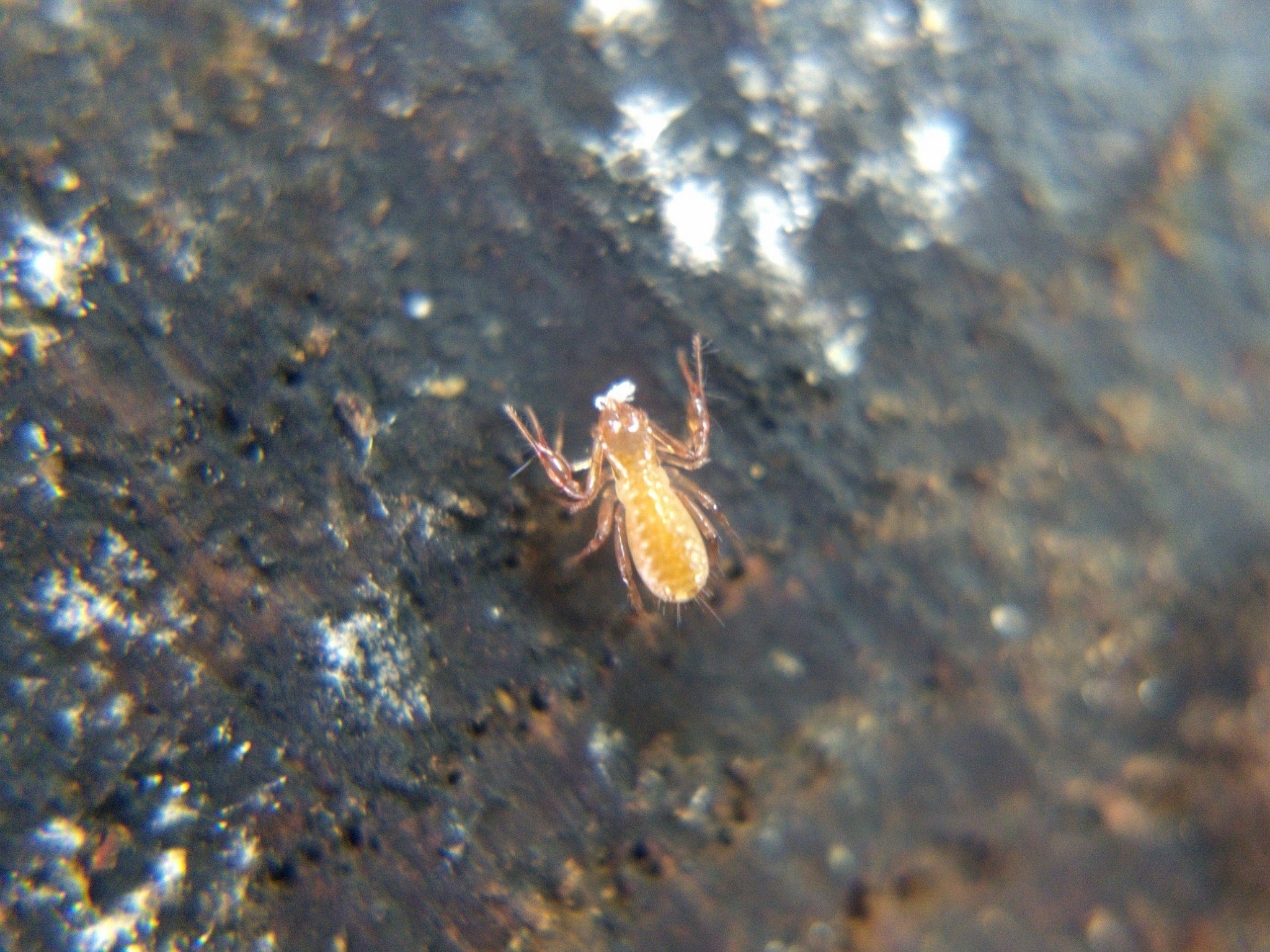
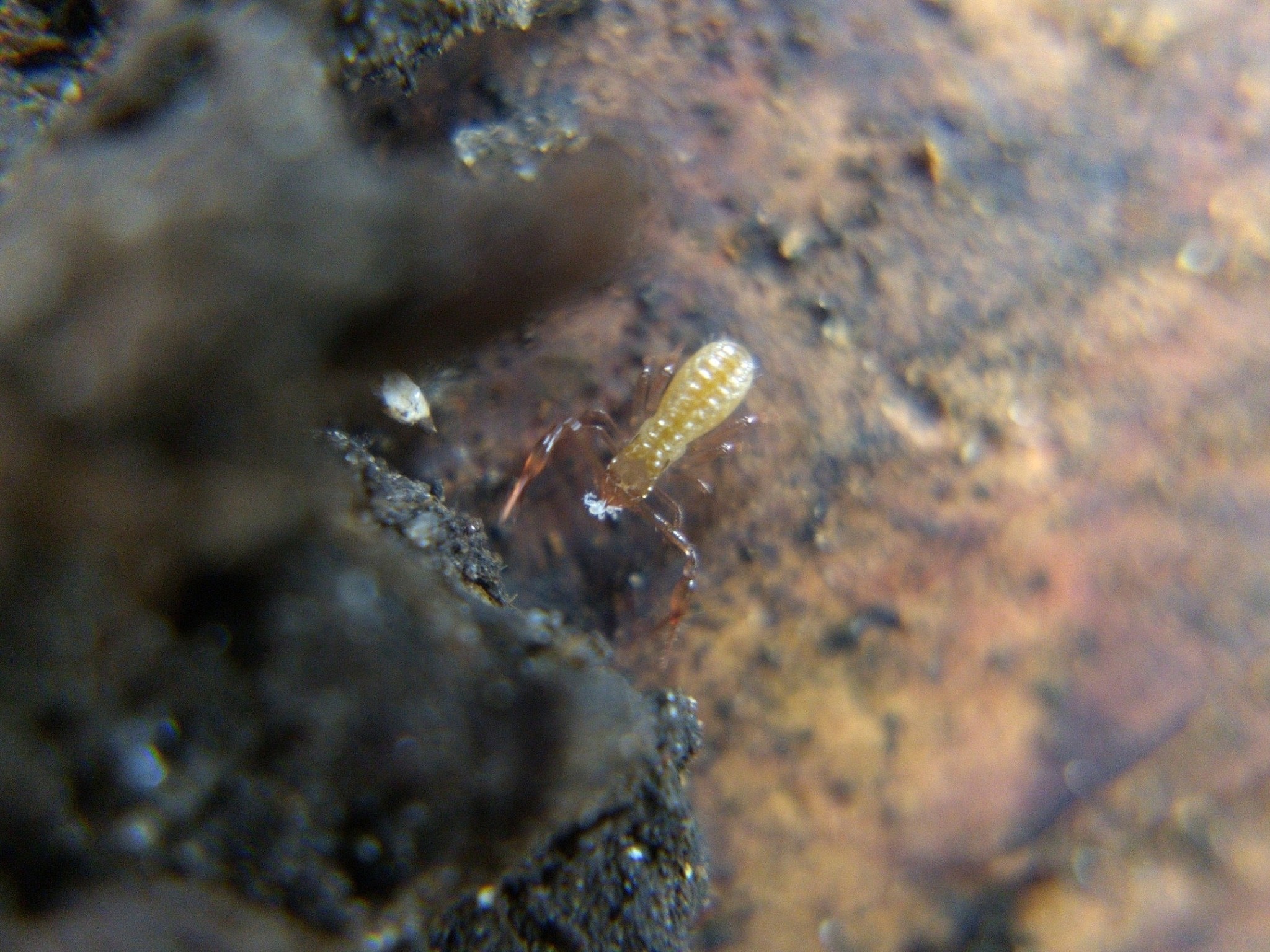
#Arachtober 4: March mating mesostig madness!
These are an ubiquitous sort of soil-dwelling predatory mites, likely in the family Parasitidae (ironically, primarily predators) in the order Mesostigmata in the superorder Parasitiformes. They are only very distantly related to the whirligig mite I posted the other day, which is in superorder Acariformes. While the two superorders are traditionally grouped together under Acari, it is likely they don't share a common ancestor and should be treated separately. So I'm counting them as a different group!
#iNaturalist observation: https://www.inaturalist.org/observations/275521159 
Some pro-level photos and info about mesostigs: https://www.chaosofdelight.org/all-about-mites-mesostigmata
#ArthroBeauty #arachnids #mites #MiteSex #taxonomy #Acari #Parasitiformes #Mesostigmata #Parasitidae
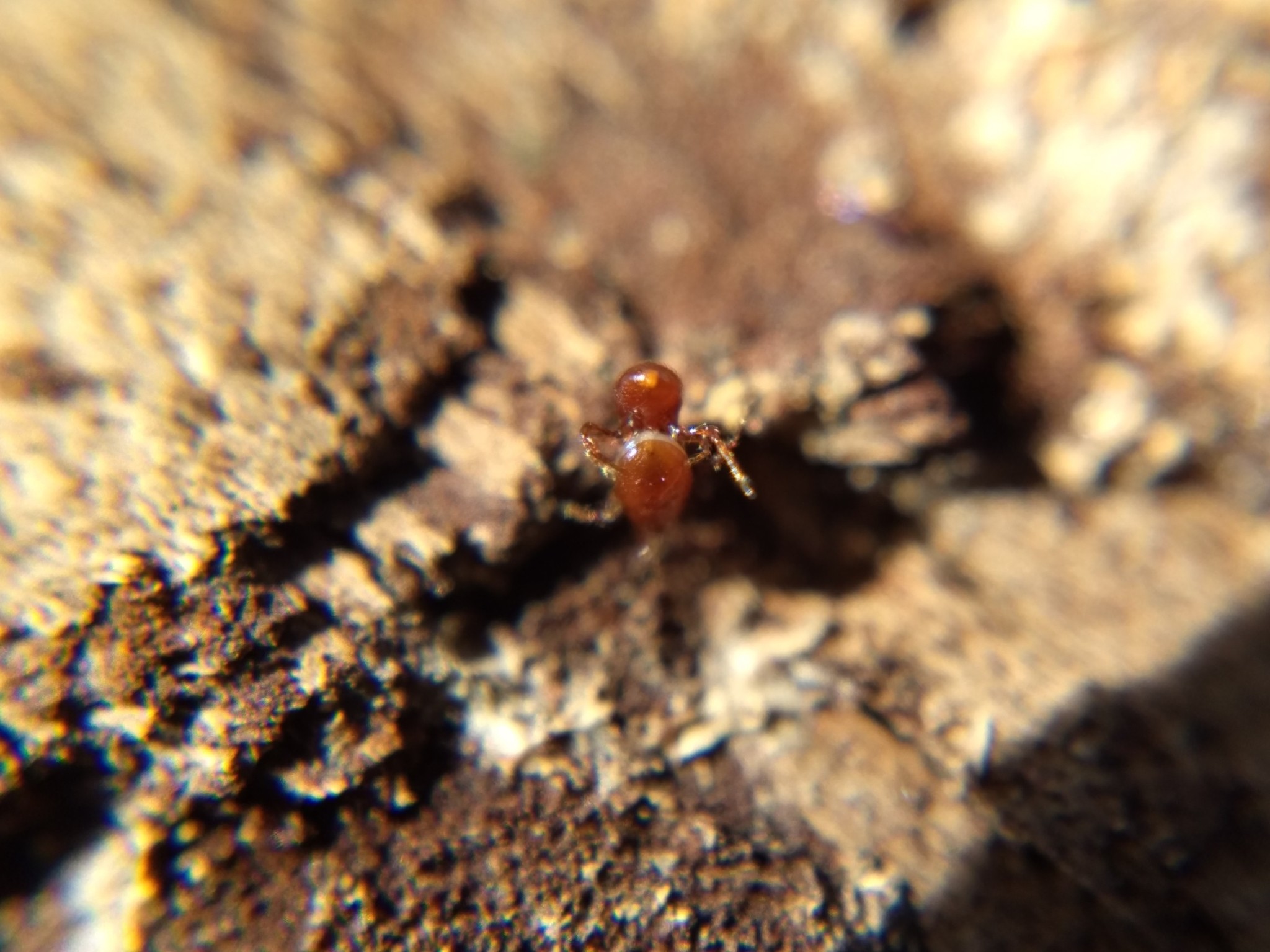
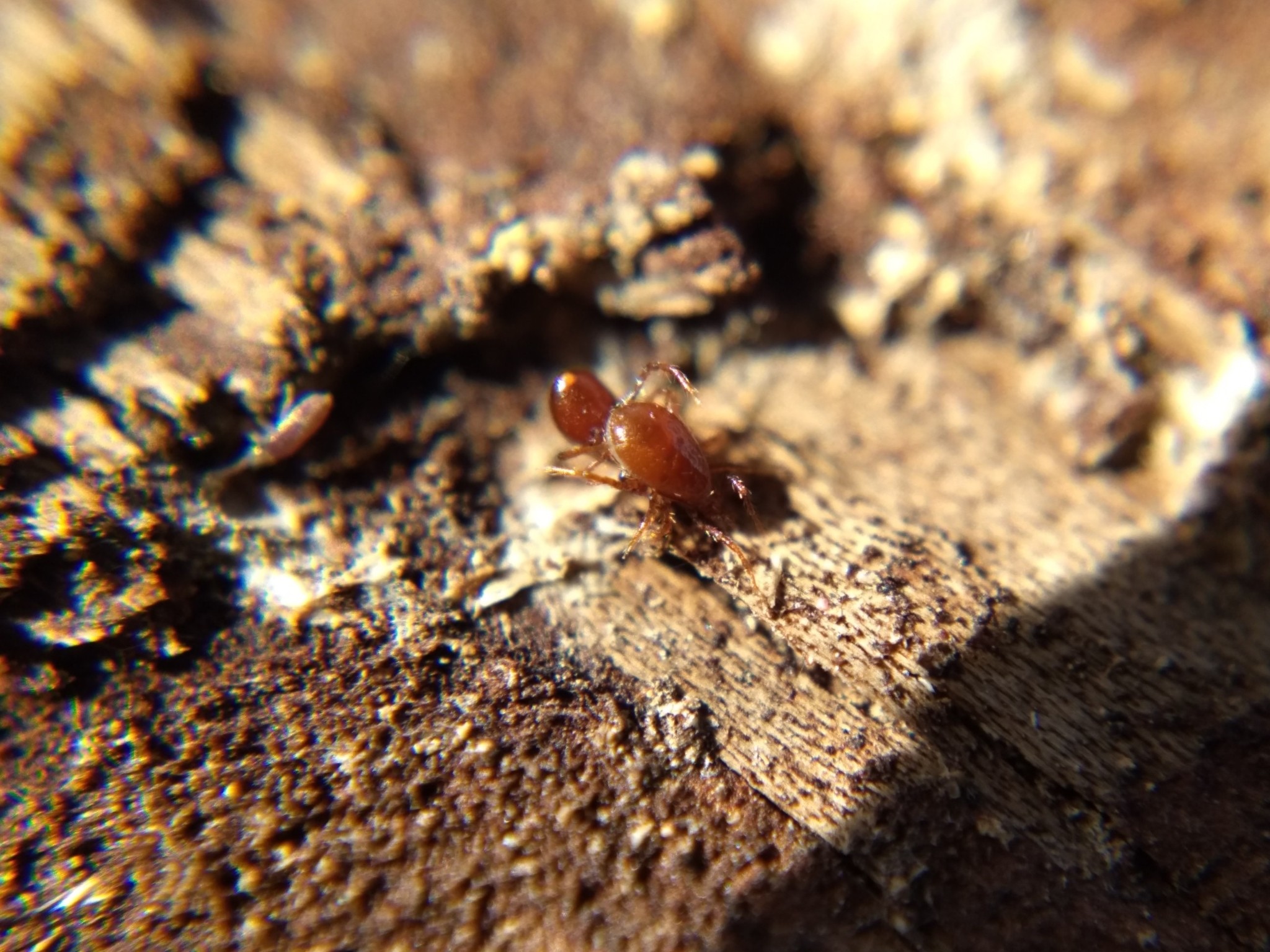
#Arachtober 3: meet a representative of another order of arachnids, Opiliones (a.k.a. harvesters, harvestmen, daddy-long-legs [though this can also refer to a kind of spider, crane flies, and even a plant]). They have some key differences from spiders: head and abdomen segments fused together; no silk or venom (i.e. they are entirely harmless); only two eyes; and instead of using pedipalps to transfer sperm during mating, they have an intromittent (insertable) organ, a penis or aedeagus.
I think this is the common species _Phalangium opilio_, introduced from Europe. There are several thousand different species in this order!
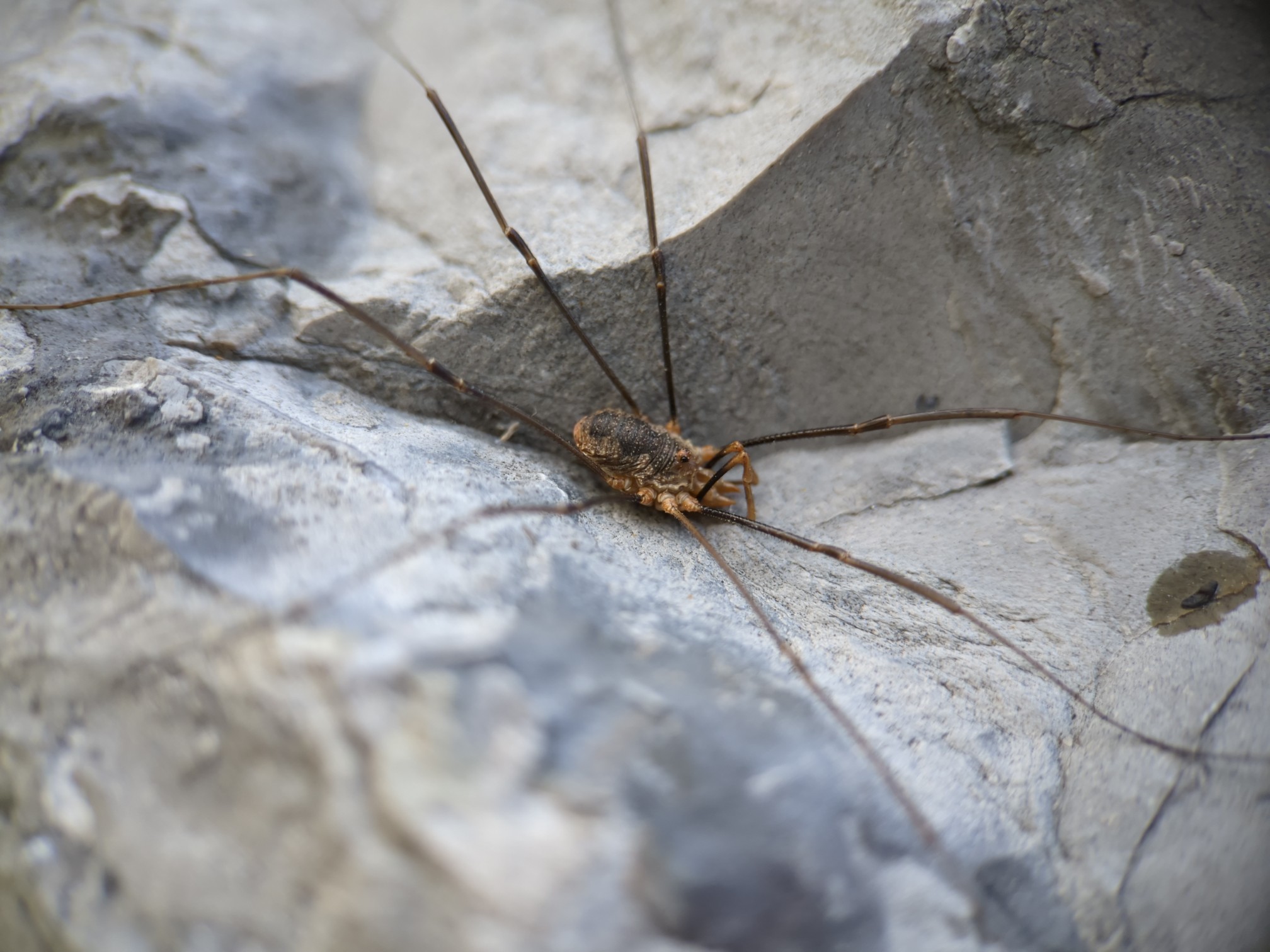
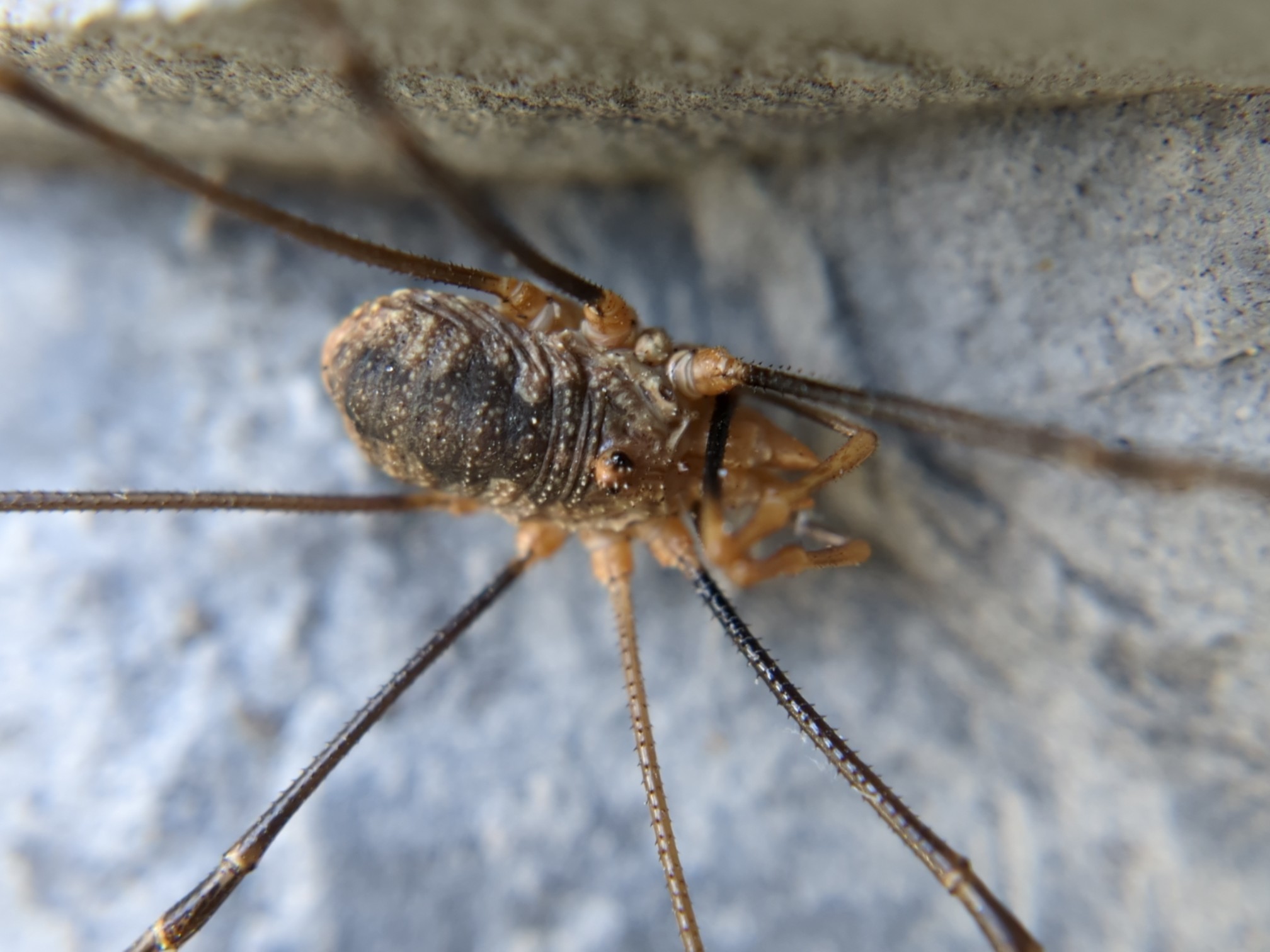
Let's kick off #Arachtober with some fall colours! This beautiful coppery jumping spider—_Eris rufa_, maybe, or _Pelegrina_?—reminded me of autumn leaves. Tried to get an even closer pic of its iridescent scales.
#ArthroBeauty #DailySpiderPic #spiders #JumpingSpiders #Araneae #Salticidae
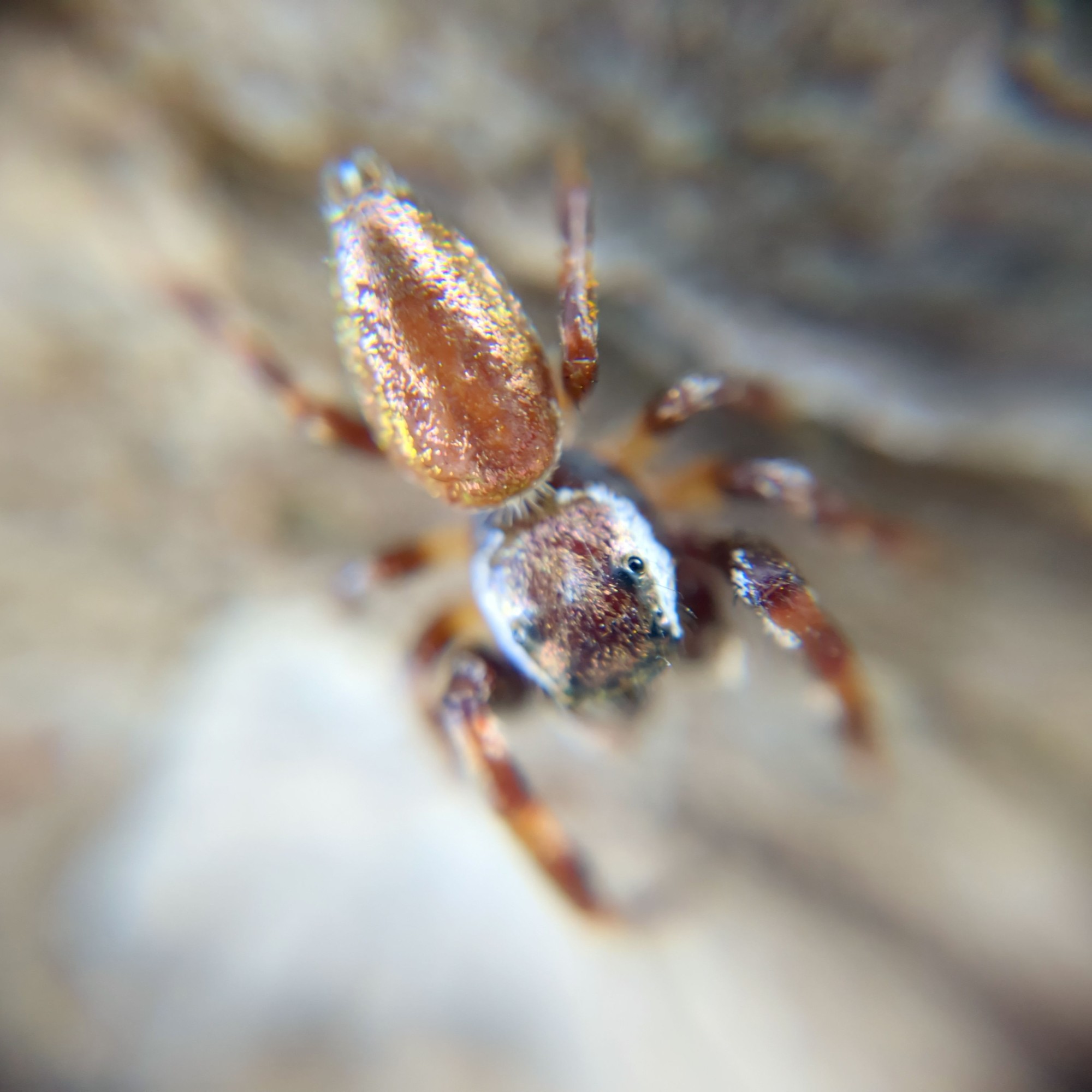
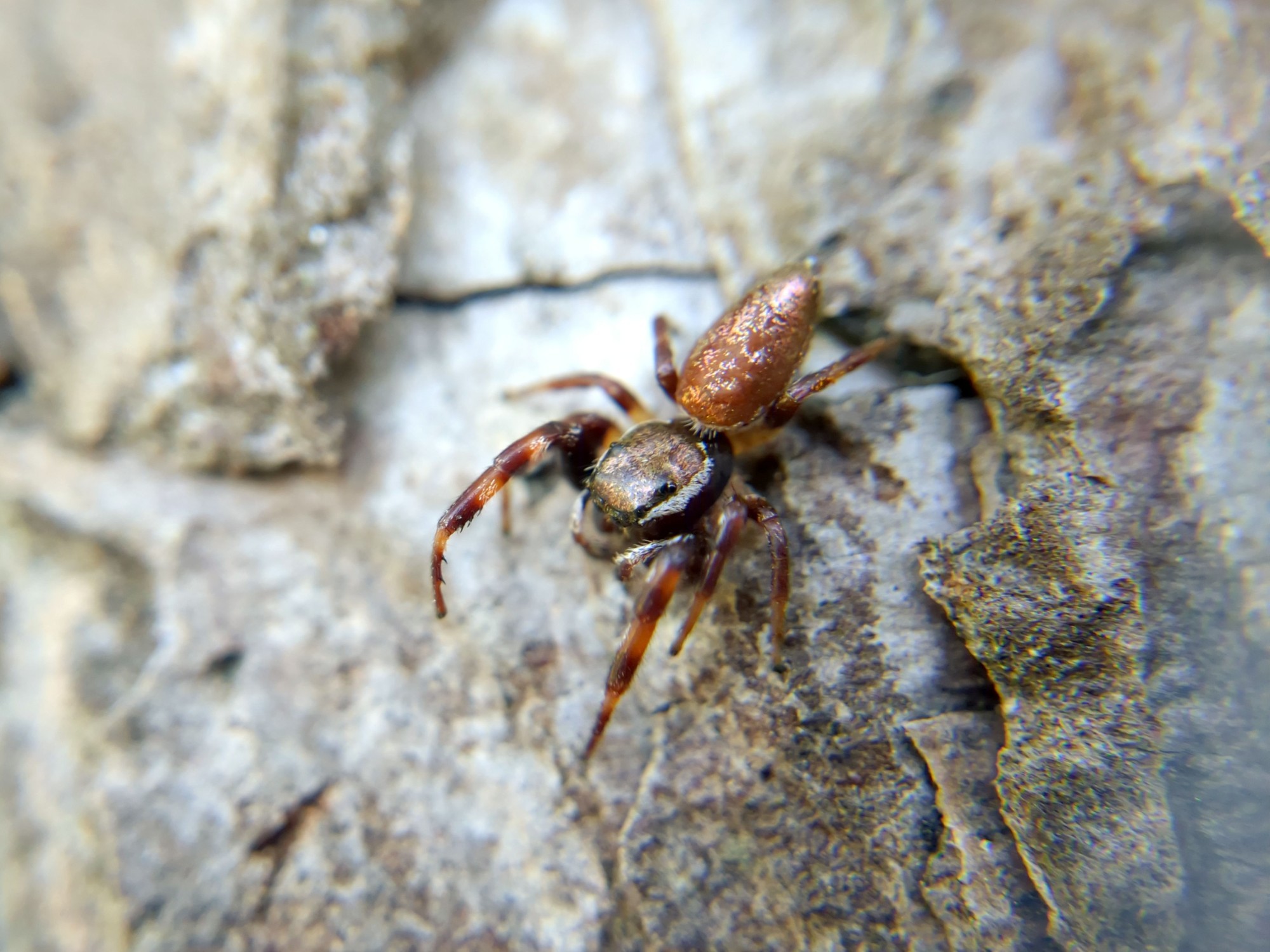
#Arachtober 2: anystid renaissance! Commonly called whirligig mites for their constant frantic and erratic running, these large (~1 mm*) predatory mites in the family Anystidae have a population boom in early to mid-June and seem to increase in numbers again in autumn, at least around here. They eat aphids, small midges, each other, etc. This one seems to be eating some kind of barklouse (Psocodea)?
* Given that many mites are microscopic, any mite one can clearly see with the naked eye counts as "large".
#ArthroBeauty #LichenSubscribe #arachnids #mites #Acari #Acariformes #Prostigmata #Anystidae
A space for Bonfire maintainers and contributors to communicate